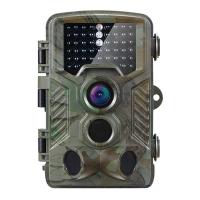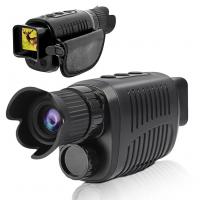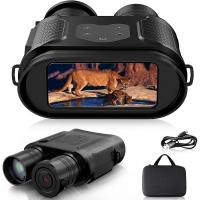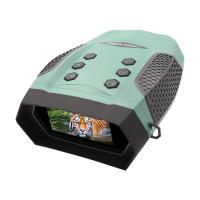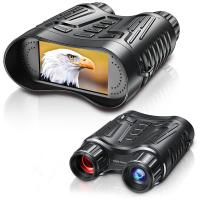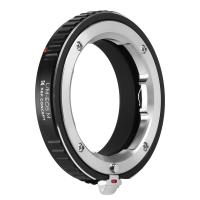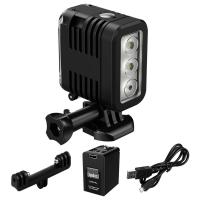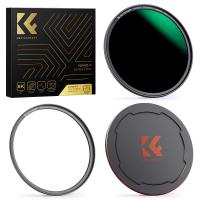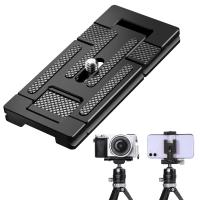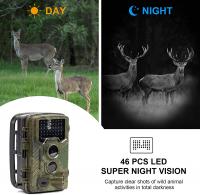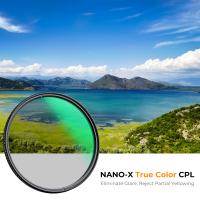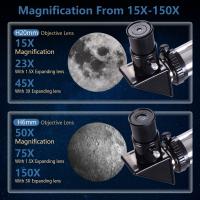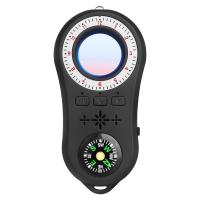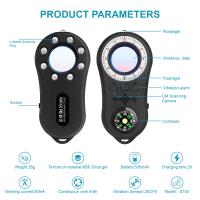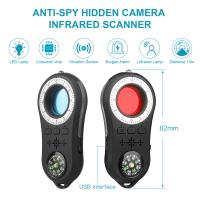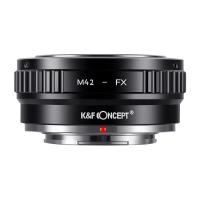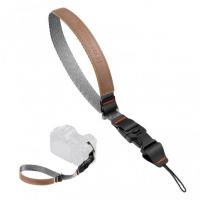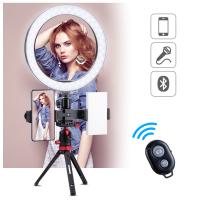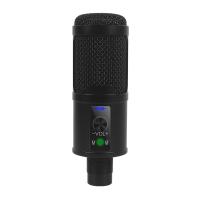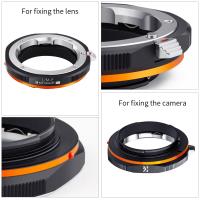What Is Ir Filter For Camera?
In the realm of photography and videography, the quality of the captured image is paramount. One of the critical components that significantly influences image quality is the IR (infrared) filter. This article delves into the intricacies of IR filters for cameras, exploring their purpose, types, benefits, and practical applications. By the end of this article, you will have a comprehensive understanding of IR filters and how they can enhance your photographic endeavors.
Understanding IR Filters
An IR filter, also known as an infrared cut-off filter, is a device used in cameras to block or reduce the amount of infrared light that reaches the camera sensor. Infrared light is part of the electromagnetic spectrum with wavelengths longer than visible light, typically ranging from 700 nm to 1 mm. While the human eye cannot perceive infrared light, camera sensors are sensitive to it, which can lead to unwanted effects in the captured images.
Purpose of IR Filters
The primary purpose of an IR filter is to prevent infrared light from interfering with the image captured by the camera. Without an IR filter, infrared light can cause several issues, including:
1. Color Distortion: Infrared light can cause colors to appear washed out or inaccurate. This is because camera sensors are designed to capture visible light, and the presence of infrared light can confuse the sensor, leading to incorrect color reproduction.
2. Reduced Sharpness: Infrared light can cause a phenomenon known as "blooming," where the light spreads out and reduces the sharpness and clarity of the image.
3. Overexposure: Infrared light can contribute to overexposure in certain parts of the image, particularly in bright conditions, leading to loss of detail.
Types of IR Filters
There are several types of IR filters available, each designed for specific applications and effects. The most common types include:
1. IR Cut Filters: These filters block infrared light while allowing visible light to pass through. They are typically used in digital cameras to ensure accurate color reproduction and sharpness.
2. IR Pass Filters: These filters allow infrared light to pass through while blocking visible light. They are used in infrared photography to capture images that highlight the infrared spectrum, resulting in unique and artistic effects.
3. UV/IR Cut Filters: These filters block both ultraviolet (UV) and infrared light, allowing only visible light to pass through. They are used to enhance image clarity and color accuracy by eliminating both UV and IR interference.
Benefits of Using IR Filters
Using an IR filter in your camera can offer several benefits, including:
1. Improved Color Accuracy: By blocking infrared light, IR filters help ensure that the colors captured by the camera are true to life. This is particularly important in professional photography, where color accuracy is crucial.
2. Enhanced Image Sharpness: IR filters prevent the blooming effect caused by infrared light, resulting in sharper and more detailed images.
3. Better Exposure Control: By reducing the amount of infrared light reaching the sensor, IR filters help prevent overexposure, especially in bright conditions.
4. Creative Effects: IR pass filters can be used to create unique and artistic images by capturing the infrared spectrum. This can result in surreal and otherworldly photographs that stand out from traditional images.
Practical Applications of IR Filters
IR filters are used in various fields and applications, each benefiting from the unique properties of infrared light. Some of the practical applications include:
1. Landscape Photography: IR filters can be used to capture stunning landscape images with enhanced contrast and unique color effects. Infrared photography can make foliage appear white or light-colored, creating a dreamlike atmosphere.
2. Astrophotography: In astrophotography, IR filters help reduce the interference of infrared light, allowing for clearer and more detailed images of celestial objects.
3. Forensic Photography: Infrared photography is used in forensic investigations to reveal details that are not visible to the naked eye, such as blood stains, bruises, and other evidence.
4. Surveillance and Security: IR filters are used in surveillance cameras to enhance image quality in low-light conditions. Infrared light can illuminate dark areas without being visible to the human eye, making it ideal for security applications.
5. Medical Imaging: Infrared imaging is used in medical diagnostics to detect abnormalities in tissues and organs. IR filters help improve the clarity and accuracy of these images.
Choosing the Right IR Filter
When selecting an IR filter for your camera, consider the following factors:
1. Filter Type: Determine whether you need an IR cut filter, IR pass filter, or UV/IR cut filter based on your specific application and desired effect.
2. Filter Size: Ensure that the filter size matches the diameter of your camera lens. Filters come in various sizes, so check your lens specifications before purchasing.
3. Filter Quality: Invest in high-quality filters from reputable manufacturers to ensure optimal performance and durability. Cheap filters may introduce unwanted artifacts and degrade image quality.
4. Compatibility: Verify that the filter is compatible with your camera model and lens system. Some cameras may have built-in IR filters, so additional filters may not be necessary.
IR filters are essential tools for photographers and videographers seeking to enhance image quality and achieve specific creative effects. By understanding the purpose, types, and benefits of IR filters, you can make informed decisions about incorporating them into your photography toolkit. Whether you are capturing landscapes, celestial objects, forensic evidence, or medical images, the right IR filter can make a significant difference in the clarity, accuracy, and overall impact of your photographs. Embrace the power of infrared light and elevate your photography to new heights with the strategic use of IR filters.




